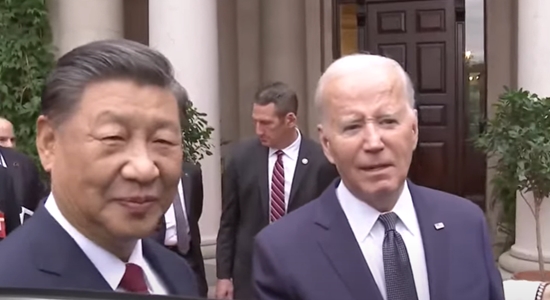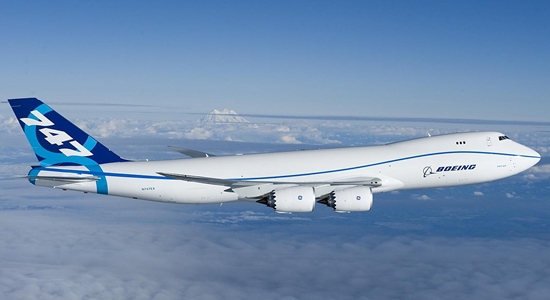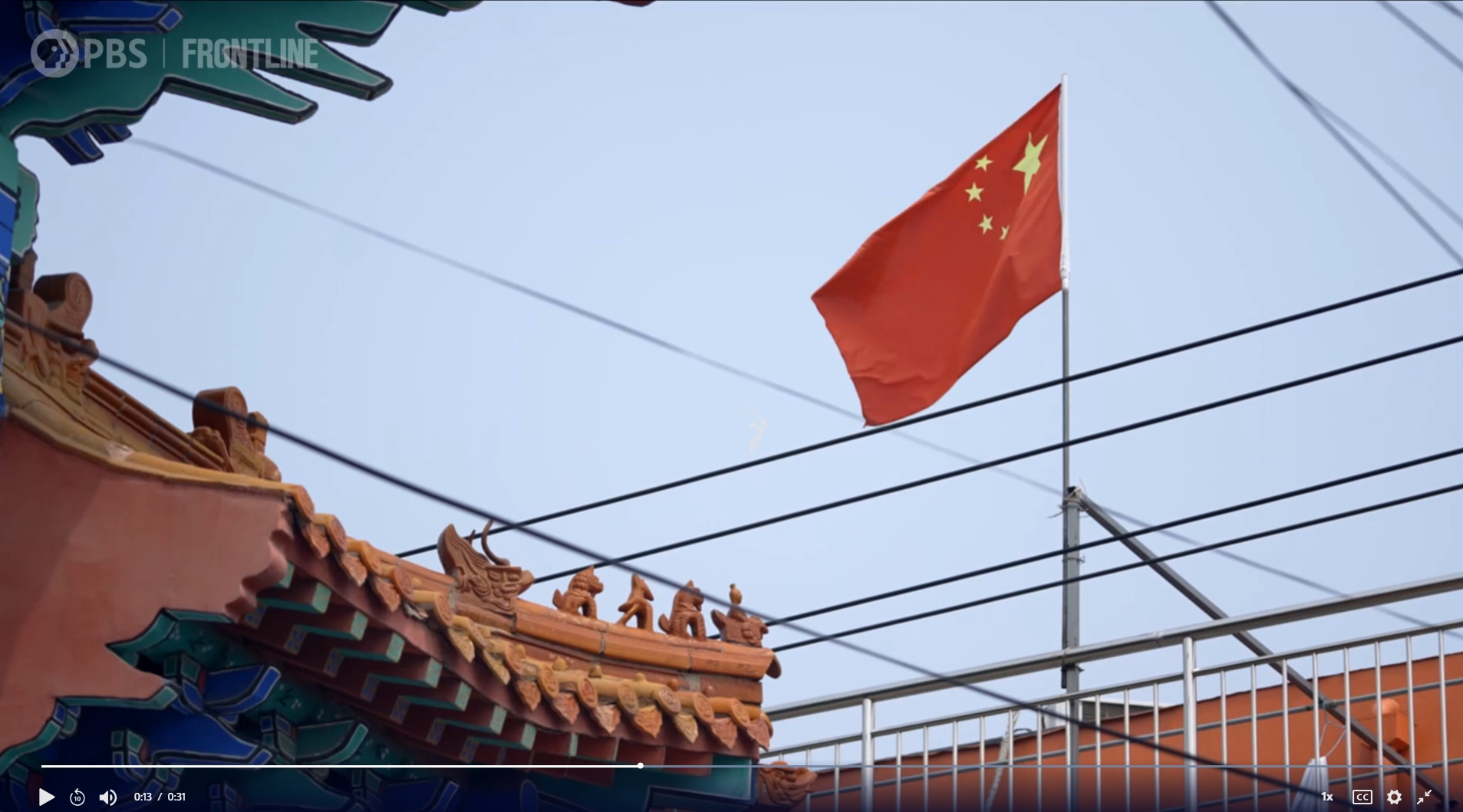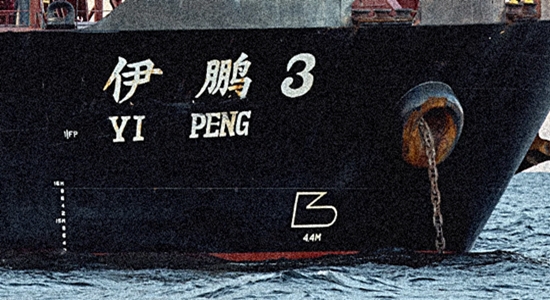
There is an embassy to the Vatican, located (like most such) in Rome. That embassy belongs to the Republic of China; for, in the words of Wikipedia, “under the One-China policy, [the Holy See] recognizes the Republic of China as the representative of China.”
What is this “Republic of China”? Wikipedia has a good answer: “The Government of the Republic of China is the national government of the Republic of China (ROC) whose de facto territory currently consists of Taiwan, Penghu, Kinmen, Matsu, and other island groups in the ‘Free Area’ [of China].” Note that “Taiwan” is a geographic reference here, not an administrative or political reference.
Between a ROC and a hard place
Nowadays, if any polity chooses to engage in ambassador-level relations with the ROC, the communist People’s Republic will deny it similar relations. A choice is demanded, and the Vatican continues to side with the ROC, whereas the United States has sided with the communists since 1979. Along with this U.S. decision came the State Department practice of referring to the Republic of China as “Taiwan.” This practice has spread, unfortunately.
There is no Taiwan polity. Within the Republic of China, there is a geographic, constitutionally defined “Free Area” divided into “22 subnational divisions (6 special municipalities, 3 cities, and 13 counties)” on the island of Taiwan. Whenever the ROC refers to Taiwan, it does so geographically, not politically. The Everything Explained Today site notes that “the free area of the Republic of China, also known as the ‘Taiwan Area of the Republic of China,’ the “Tai-Min Area (Taiwan and Fuchien)’ or simply the ‘Taiwan Area,’ is a term used by the government of the Republic of China (Taiwan) to refer to the territories under its actual control.”
The ROC’s Cross-Strait Act refers to “The Act Governing Relations between the Peoples of the Taiwan Area and the Mainland Area.”
Likewise, reports Yu-Jie Chen in The China Quarterly, “Taiwan was not mentioned in the PRC’s first (1954) and second (1975) constitutions. The first explicit reference to Taiwan came in the preamble to [the] PRC’s third, short-lived constitution (1978): ‘Taiwan is China’s sacred territory.’ ”
The constitution of Taipei and its amendments refer to the Republic of China. Our shortcut references to “Taiwan” lead us into serious analytic mistakes. Here are two typical errors, courtesy of Christopher Carolan in the New York University Law Review: (1) “Taiwan exists in the international arena as a fully independent state in form, but it has never declared itself independent” and (2) “Taiwan’s reticence to take this step is caused by the People’s Republic of China’s claim that Taiwan is a ‘renegade province’ of China.”
The first sentence might make sense if the author had said that the Free Area never declared independence from the ROC, rather than from Red China as here implied. The second sentence cannot be revised to make sense. The ROC is independent of the PRC, always has been. No declaration is needed.
It should also be obvious that the renegade element is the communist part that rose up and tried to obliterate the ROC by force, and during its long struggle set up a revolutionary government.
These are two examples of the kind of mistakes that occur when we consider, for example, the unification of Red China with “Taiwan.” The underlying question must actually be about the possible unification of two political systems, the ROC’s and PRC’s, the harmonization of their laws and constitutions.
Cross-strait relations
With respect to cross-strait relations: There is no party or movement in the Republic of China that can (hypothetically) win referenda or elections to blow past the constitution-making policies as it pleases. The ROC constitution is binding and difficult to amend; and one would, yes, need radical amendments in order to effect a merger with the communists. Closer relations in such areas as trade and cultural exchange are possible but represent a limit. Their potential may have already been tapped out.
If the population of the Republic of China desired the Free Area to be political independent from the ROC, very difficult reforms would be required. Neither scenario is possible without changing the constitution: neither Free Area independence from the ROC nor ROC unification with the communists. There seems to be no desire for independence from the ROC, however, and only limited desire for unification.
However, there remains the matter of unification by force.
The headlines of today refer to a possible eventual PRC attack on “Taiwan.” Such an attack would be the culmination of the war of the communist rebellion. On the other hand, so too would be the old dream of the ROC’s decisively attacking a weakened or internally collapsing PRC (by “unleashing Chiang Kai-Shek”). Communist conquest of the mainland did not settle the struggle with the ROC, and this can be felt in the frustration Beijing displays in its threats and incursions.
On the hundredth anniversary of the founding of the ROC, Brookings’ Richard C. Bush of the Brookings Institution said that “even though the Nationalist armed forces lost the military struggle with the CCP, the political and legal character of that conflict preserves a degree of legitimacy for the ROC. It is a legitimacy that remains relevant to the current day. It should not be abandoned by accepting Beijing’s definition of history.”
Keep the Republic of China in your thoughts when you hear about “Taiwan” and consider how the Vatican’s principled, historic stance contrasts with America’s pragmatic stance. □
James Roth works for a major defense contractor in Virginia.





